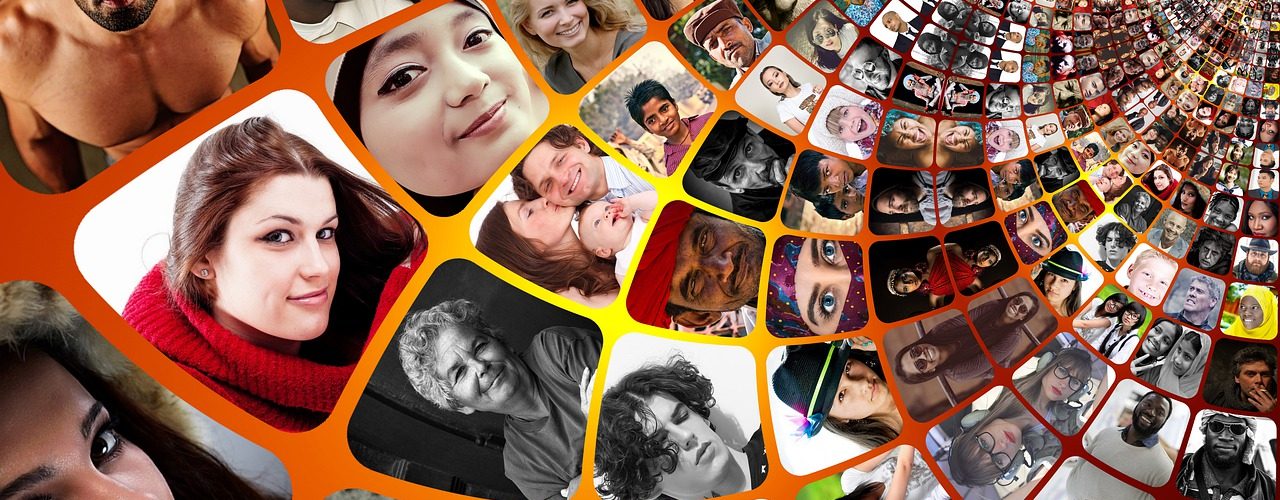Multimedia journalist, Rachael Bongiorno addresses media reporting in attribution to minorities
Australian media institutions is still predominantly white, and this negatively affects the portrayal of minorities.

Rachael Bongiorno by Ella Colley
Multimedia journalist, Rachael Bongiorno said a fair and accurate reporting may not be achieved if the media’s landscape is dominated by white society.
“Why is there in 2021 such a disparity? Those big news especially places like the ABC that’s just overwhelming white and isn’t that a wakeup call for them? That’s a red flag,” she said.
“They are not going to understand the nuances as well of different communities if they are separate from them,” she said.
“If their workforce doesn’t reflect Australian society that’s a problem and if they make an effort to recruit more journalist of colour but they’re not retaining them. Then that’s also a problem because they don’t feel comfortable… supported in that space,” she said.
Although news organisations have attempted to promote diversity by recruiting culturally, linguistically and socially diverse reporters.
Griffith University Professor Jacqueline Ewart and researcher Jillian Beard have written that “most journalists tend to be highly educated city dwellers from the middle classes who have had little, if any, exposure to, or understanding of, the various cultural communities which are featured in the news”.
RMIT University, Senior Lecturer in Journalism, Dr Alex Wake said “news reports can perpetuate damaging stereotypes about race, class, and gender as journalists inadvertently ‘other’ certain individuals or groups of people, usually from cultures outside their own experience”.
The lack of diversity in newsrooms suggested there’s a high chance of inaccurate perceptions, increased conflict or separation to communities.
This is something that worries Bongiorno.
“Sometimes it means they’re perpetuating racism in crime reporting and it’s not accurate reporting. This causes massive harm to society, particularly communities that are being misrepresented,” Bongiorno said.
In particular, the South Sudanese Community Association believe racial abuse increased when white people linked unrelated incidents, through the appearance of African perpetrators.
High-profile commentator, David Penberthy said the Sudanese community is responsible for the Apex gang and ethnic based crime wave.
This misrepresentation of the Apex gang have allowed society to believe Sudanese communities are inherently dangerous and the seeds of social destruction.
Even journalist have reinforced this association simply by a misplaced focus upon ethnicity where it is not relevant.
Nyadol Nyuon, a Sudanese lawyer said “the conflation of people of South Sudanese descent with gang crime is hurtful because it not only associates people who look like her and her children with criminality, but also draws a line between them and the rest of Australian society”.
Despite the racialised construction of Sudanese communities, reporting diversity and issues from different cultures is not an easy task.
Dr Wake wants journalists to change how they report.
“The way journalists report upon various cultural groups and cultural diversity in general has a long history of academic enquiry, without much positive change,” Dr Wake said.
All these major news organisations should reflect on themselves and the impact they have on people’s lives, safety and wellbeing.
That’s also an issue for Bongiorno.
“There’s lots of things they can be doing to change their workplace culture and systems, to make a workplace that’s supportive of diversity,” Bongiorno said.
Dr Wake said that journalists of any cultural background need to be aware of otherness and exercise and reflect empathy, understanding, and tolerance in their reporting.
“It is important in our work with minority, marginalised, and indigenous communities to ensure that we avoid the “us vs. them” paradigm and biases, and create stories that provide context and understanding of the “them”, often for difficult social issues. As journalists we have the ability to create depth and moments of reflection around a story when depicting one event which is negative and is associated with a particular group,” Dr Wake said.
Featured photo: Image by Gerd Altmann from Pixabay







